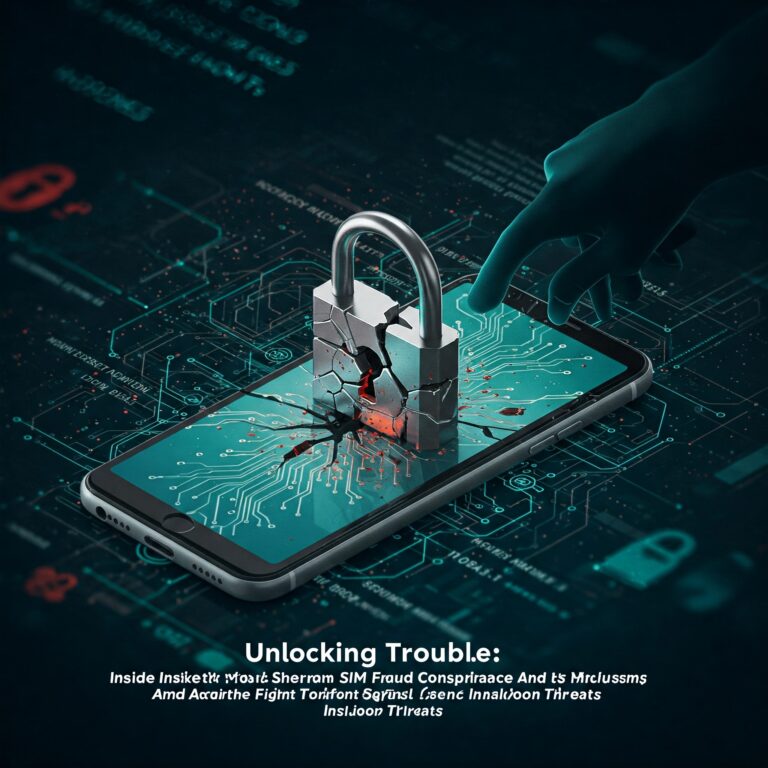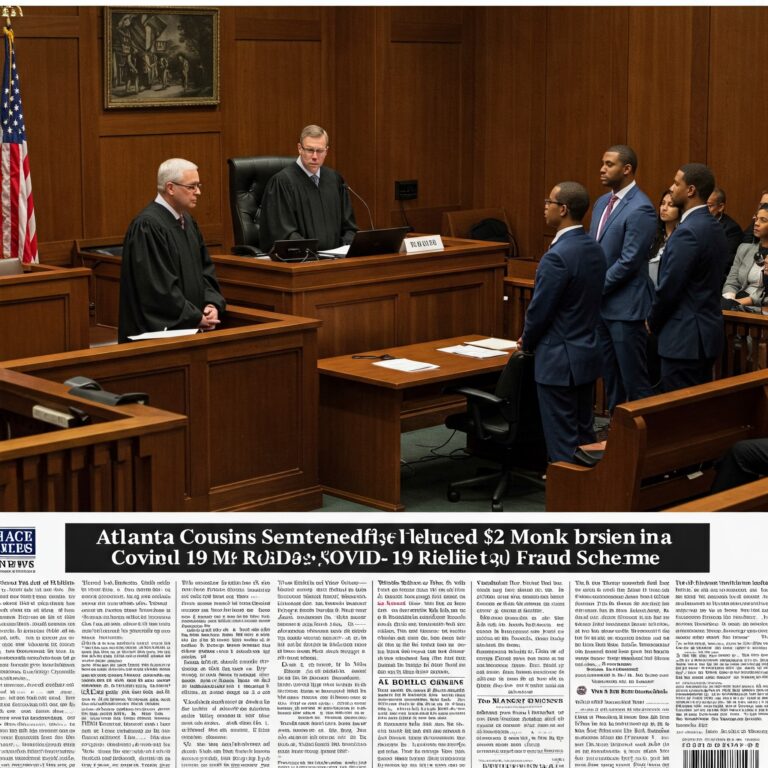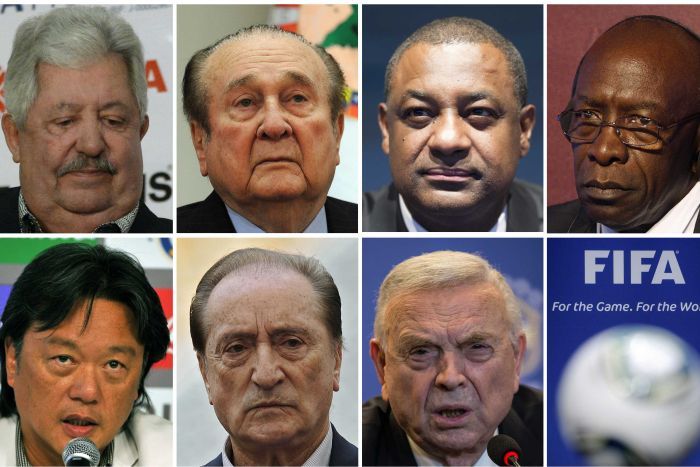Unlocking Trouble: Inside the Richard Sherman SIM Fraud Conspiracy and the Fight Against Telecom Insider Threats
I. Introduction: An Inside Job Shakes the Telecom Sector In a stark illustration of the vulnerabilities lurking within major…

I. Introduction: An Inside Job Shakes the Telecom Sector In a stark illustration of the vulnerabilities lurking within major…

Atlanta, GA – In a stark reminder of the pervasive fraud that plagued COVID-19 relief programs, two Georgia men,…

Sixteen Additional FIFA Officials Indicted for Racketeering Conspiracy and Corruption The New Defendants Include Five Current or Former FIFA…